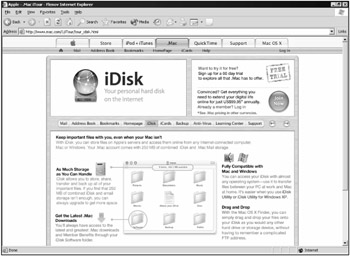13.3. Saving Backup Copies
| | ||
| | ||
| | ||
13.3. Saving Backup Copies
Even if a server is equipped with RAID 1 or operates in a server cluster, its data still have to be regularly backed up. But where is the backup copy to be saved? Once I was called to restore data from a failed hard drive. The hard drive was beyond restoration, so I asked for the backup copy. The answer was as simple as the computer owner's mind: The backup copy was stored on the same physical hard drive but on another partition. Some people just don't get it that no matter how many logical drives a physical drive may be divided into, if the physical drive fails, all of the logical ones do, too.
The saddest part of the story is that the drive had been failing for some time. The system was issuing access errors when backups were performed, but these were simply ignored. The hard drive started failing with the partition used for storing the backup copies, and with time all of the blocks went bad.
The moral of this story is that you should always store the backup copy on a separate medium. This can be a separate hard drive, especially because their prices are constantly dropping, or any removable media of a sufficiently large capacity.
Storing backup copies on separate media protects against equipment failures, but the media themselves have to be protected. I am always amazed by administrators who store useless pieces of paper in a safe while the backup media are stored in a desk drawer . I would like to ask them, "What is the sense in protecting the server by all available means if the backup copy can be easily stolen?"
Don't be one of these administrators; always store your backup copy in a secure place. The best place is a fireproof safe, which will protect your data even against most natural disasters in addition to those authored by man.
Another way is to take advantage of one of the Internet services offering online storage, which lately have been picking up again. Having placed your backup copy on such a drive, you can be sure that it is safe. The owners of these services use RAID technology on their servers, which gives a high degree of protection to the data stored on them.
I am convinced that this type of service will continue to grow. One of the reasons for this is the iDisk technology from Apple, which offers easy-to-use Internet disks to MAC OS and Microsoft Windows systems users. Other similar systems are being developed and should be available soon. More information about the iDisk technology can be found on Apple's site at www.mac.com/1/iTour/tour_idisk.html (see Fig. 13.1).

Figure 13.1: The iDisk site
If you cannot afford to use online storage, you will have to provide media for storing your backup copies yourself.
You have a large choice of media for this purpose, including removable hard drives, magnetic tape, CD-R/RW, DVD-R/RW, and Jaz and ZIP disks. Which of these you choose depends on the amount of data you must back up and the speed, at which you must do this.
Currently, portable, large-capacity external USB and FireWire hard drives are available. I use one of such drives at home, dumping data from my notebook to it.